Backpacking in the Balkans: An Essential Guide
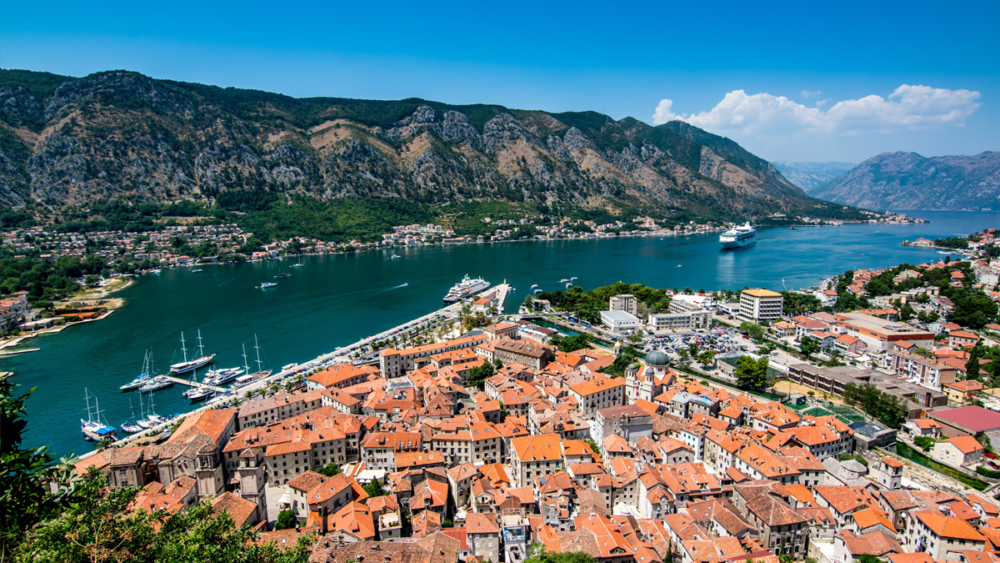
Free and open travel within Europe is the envy of travelers from all over the world. The fact that citizens of EU member states can travel freely from country to country with no need for a visa, or even a passport, is something that is often underappreciated and taken for granted.
In fact for many of us, the realisation of how good we really have it doesn’t strike until we travel to a region with more strict visa requirements, or if we find a partner from a non-EU nation.
- Long-Distance Relationships – 5 Ways to Survive
European travel is fantastic for more reasons than just ease of travel. For example, the vastly different cultures present in such a small geographical area, the large variation of climates, which allow travelers of all tastes to find something that suits them, and the amazing food are just some reasons why people flock from all over to visit.
Western Europe and the Mediterranean are by far the most popular tourist destinations for travelers from all over the world. France and Spain alone receive almost 170 million tourists per year between them. In fact, 9 out of the 10 most visited European countries are from these areas. People all over want to see places like France, Spain, and Italy thanks to their great global reputation.
However, with this popularity comes some disadvantages. Price of travel in these popular tourist destinations has skyrocketed over the last few decades, and many of the most popular tourist countries are also the most expensive. Also, unsurprisingly, with more popularity comes more crowds. Many of us may have seen pictures of what it’s actually like to visit the Louvre, or to spend a day on a Spanish or Portuguese beach in high summer.
Some people may like these crowds, as being surrounded by hundreds of people can create a fun atmosphere. But for many of us, the presence of shrill Americans, raucous Brits, and just travel groups in general, can put a bit of a dampener on…life in general.
Just a general traveling rule of thumb by the way: if you’re queuing up for any tourist attraction, and find yourself behind a travel group wearing matching hats, or waving identical little flags, just leave. Even masochists find that to be a bit much.
These issues make it more difficult for budget travellers and backpackers to travel in these areas, but there are other parts of Europe that are only recently becoming more accessible to tourists. One of the areas in the Balkans.
Why the Balkans?
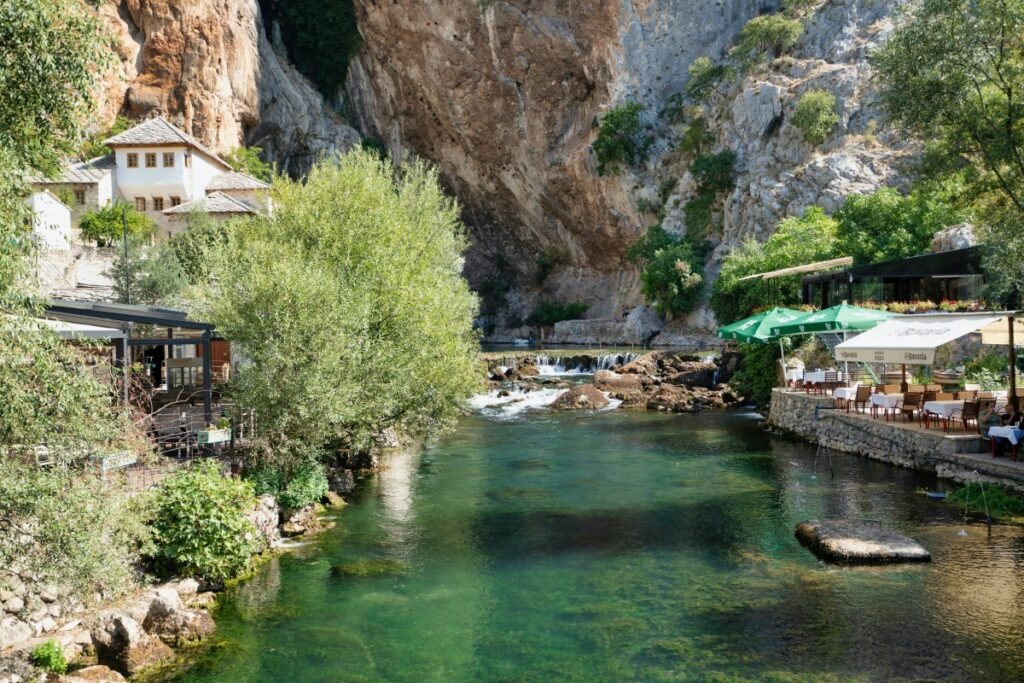
The Balkan peninsula is located in the southeast of Europe and consists of 11 countries (12 if you count Turkey). Despite their wonderful weather and natural beauty, they have never really been considered major tourist destinations (apart from Greece). This is for a few reasons, but mostly because of their difficult recent history resulting from the breaking-up of Yugoslavia in the 1990’s.
Nowadays however, the Balkans are a safe, fun, and most importantly, cheap European region to visit. Many Balkan countries are making major strides towards becoming EU member states. Some are already EU members, Greece since 1981, Slovenia since 2004, Bulgaria and Romania since 2007, and Croatia since 2013. The EU supports the membership of all other Balkan countries, and steps are being made to make it a reality.
For those of you hoping to travel in this region, here’s a rough guide to backpacking in the Balkans.
General tips for backpacking in the Balkans
Transportation
There are a few ways to travel around the Balkans, the most common being by bus. Buses do travel between countries, but some may only have one bus a day. Be sure you know where you’re going as some bus stations may not have travel information in English. So get to the stations as early as possible to make sure you don’t get the wrong bus, or miss your bus altogether.
Depending on which country you’re in, finding transportation can be a lot easier or more difficult. In the more western countries like Croatia and Montenegro, tourist information is plentiful and buses are more regular. But if you’re trying to get a bus in Kosovo for example you may find it a little more difficult. Some small private buses may not leave until they have a certain amount of passengers, so prepare yourself for the possibility of sitting awkwardly on a street corner for a few hours while being stared at in bewilderment by local people.
If you’re of the more adventurous ilk, then you may like to give hitchhiking a go. The Balkans are a safe place for solo travellers and even though it is very unreliable, it’s a really fun and unique way of travelling. For some hitchhiking tips, check out Tomislav Perko’s video.
Mostly, however, travel is pretty straightforward and painless. Aside from having to go through some border checks between countries, it’s plain sailing.
Language
Like most of Europe, the Balkans do have a decent grasp on the English language. However since it is not yet a mainstream tourist destination, you may not find it as simple to get by with just English.
It may be worth your while learning a few basic phrases for each country – it will make your life a lot easier and the local people will appreciate it. If they laugh at you, it’s probably a good sign.
Just don’t be that obnoxious English-speaking tourist who repeatedly screams questions in the faces of Bulgarian waiters as if volume is the issue.
Currencies
Of all of the Balkan countries, only a few actually use the Euro, while most of them have their own currencies. Navigating this can be a little confusing, as those of you that want to visit several different countries will have to be carrying multiple currencies.
Luckily, the majority of bus stations and airports will have currency exchange services, so you can usually exchange as soon as you arrive in a new city.
Some businesses in countries that don’t have the Euro as their official currency will still accept it however, but you should carry both currencies just in case. Stubbornly slamming a juicy fiver on a counter will just get you slapped. Also some businesses may charge double if you can only pay in Euro, so keep that in mind.
Awkwardly enough, some currencies are much less valuable than others so you may not be able to exchange smaller amounts of some currencies into others. For example, one Albanian Lek is equal to around .008 Euro.
How safe are the Balkans?
Despite their past, the issues that all of these former Yogoslavian states have had with their borders are (mostly) settled now and the Balkans are a very safe region to visit. The people are friendly, the roads are safe (enough), and crime is reasonably low.
Obviously, this doesn’t mean you can saunter drunkenly around Zagreb at four in the morning and be certain of safety. Be careful where you wander and watch out for pickpockets in crowded areas. Petty crime exists everywhere and thieves are opportunistic, and there’s few better thieving opportunities than dumbshit tourists.
- Safest countries for women to move abroad to
Visas for Balkan Countries
For people from most countries, you wont need a visa as long as you’re not planning on staying for more than 90 days.
For EU citizens, you can obviously stay in Croatia, Slovenia, Greece, Bulgaria and Romania for as long as you wish, but for the others, just have a passport with a free page for stamps.
If you’re unsure whether or not you’ll need a visa for Balkan countries, check out the Passport Index.
Countries of the Balkans
Obviously, each Balkan country is very different and has a plethora of things to offer travelers. It can be difficult to keep up with, so here’s some information on each Balkan country.
Albania
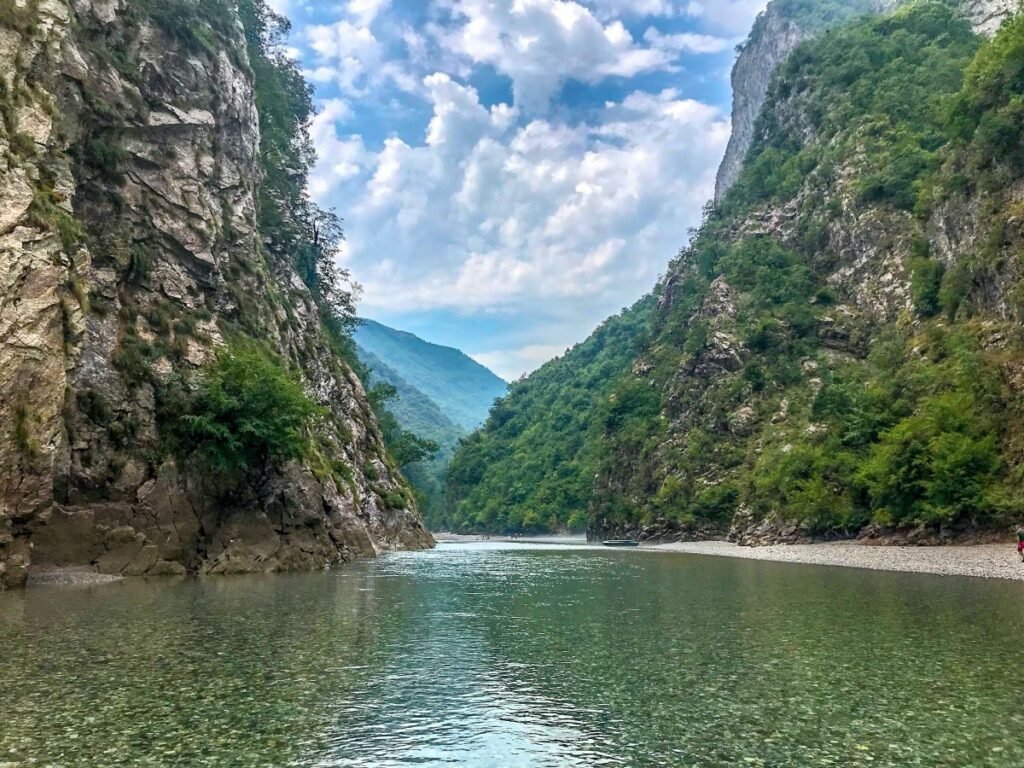
Perhaps the most distinct from other Balkan countries due to it never being part of Yugoslavia and due to its more rugged landscapes that stand out from it’s neighbours.Once the poorest country in Europe, Albania has come on leaps and bounds in the last century to become a fascinating and unique European tourist destination.
Currency: Albanian Lek
Top sights:
- Albanian Alps
- Berat, the City of a Thousand Windows
- Gjirokaster, the City of Stone
- Korca, the City of Serendes
- Roman ruins
- Nuclear bunker museums
- Ottoman aqueducts
Bosnia & Herzegovina
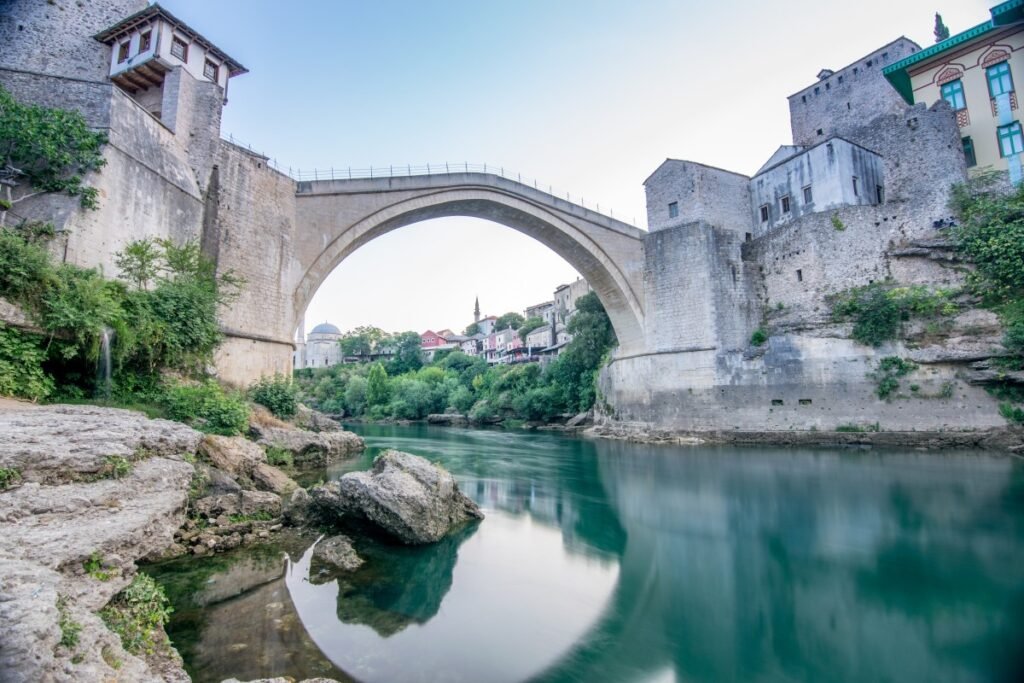
Of all the countries on the Balkan peninsula, Bosnia and Herzegovina may have the roughest history. From the assassination of Archduke Franz Ferdinand, to the Bosnian genocide of the 1990’s, they’ve has a lot to deal with.
Since then, however, they have come a very long way. Being one of the most ethnically diverse countries in Europe, they have a huge mix of cultures for travellers to experience.
Currency: Bosnian Convertible Mark
Top sights:
- Una National Park
- Banja Luka
- Jajce
- Sarajevo
- Mostar
- The Velagić House and a monastery
- Kravica Waterfalls
Bulgaria
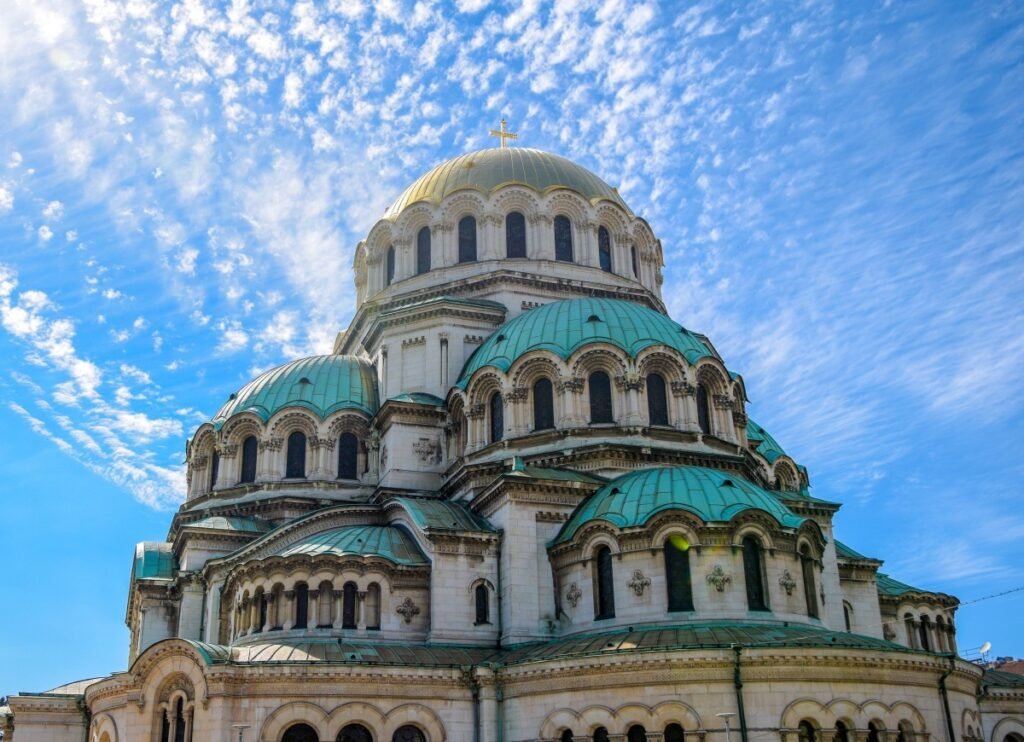
The westernmost Balkan country, Bulgaria, doesn’t receive as many tourists from western Europe as its eastern neighbours. At least it didn’t until relatively recently, when Ryanair began regular flights to Sofia. So, incredibly, thanks to Ryanair of all companies, Bulgaria has seen a bit of a tourism boom. People are now able to enjoy the rich culture and history of Sofia, as well as some of the country’s incredible natural sights.
Currency: Bulgarian Leva
Top sights:
- Alexander Nevsky Cathedral
- Krushuna Waterfalls
- Buzludzha Monument
- Vitosha Mountain
- Tsarevets Fortress
- Plovdiv Roman Theatre
Croatia
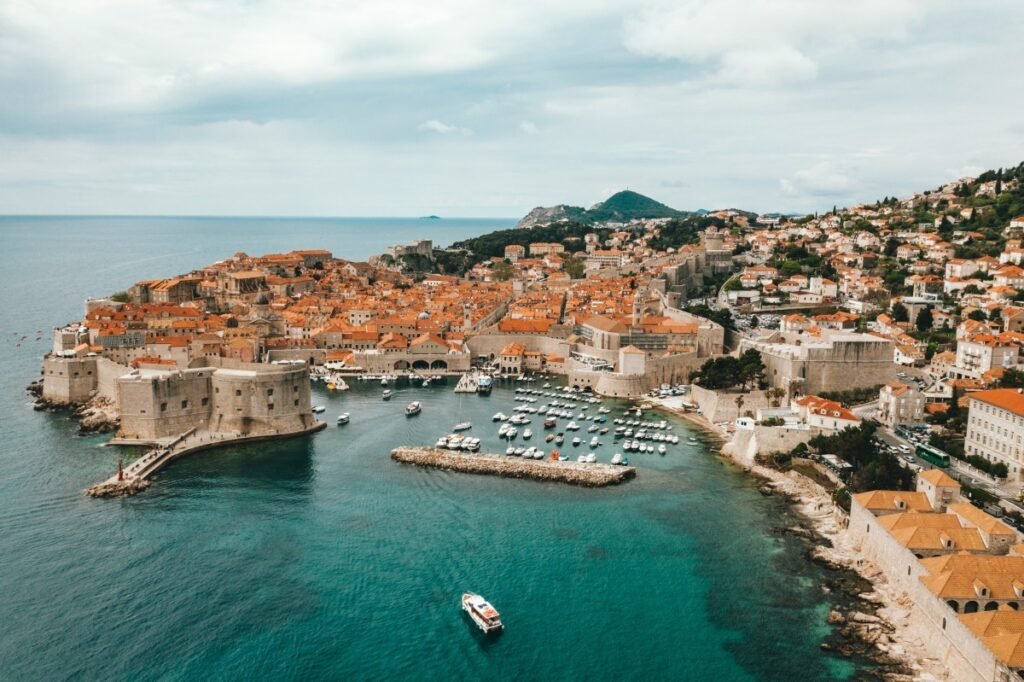
Besides Greece, Croatia is the most popular tourist destination on the Balkan Peninsula. IT has something for everyone, from beaches, to waterfalls, to history, to a bustling nightlife in its major cities. You’re bound to enjoy it. But expect to pay a little extra for pretty much everything than you would in other Balkan countries.
Currency: Croatian Kuna
Top sights:
- Dubrovnik
- Krka National Park
- Dalmatian Islands
- Kornati National Park
- Zlatni Rat Beach
- Mljet National Park
Greece
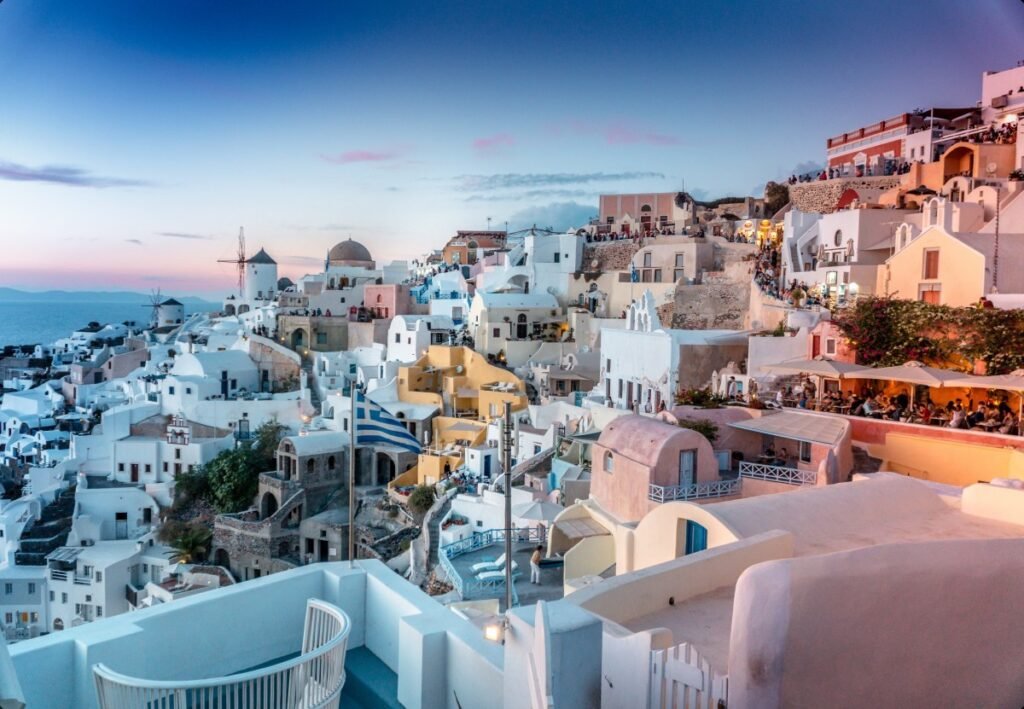
Many people consider Greece to be a part of the Balkans geographically, but not culturally. Being the most famous tourist destination in the region, and one of the most famous in the entire world. Greece has some appeal to travellers of all descriptions. Even though Greece has been one of the poster children for European travel for many years, it’s still very cheap when compared to other major destinations like France or Spain, as well as being less mobbed with tourists from the UK, it’s Perfect for backpackers!
Currency: Euro
Top sights
- The Acropolis
- Santorini
- Mykonos
- Delphi
- Corfu
- Metéora Monasteries
Kosovo
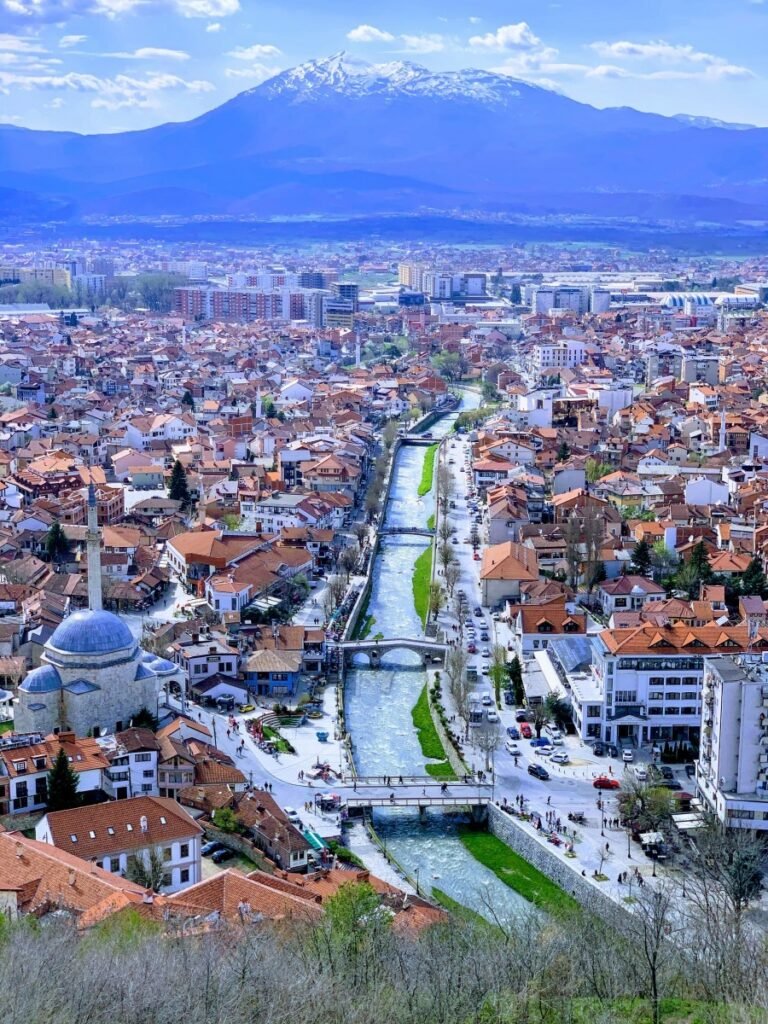
Having claimed independence from Serbia in 2008, Kosovo is Europe’s newest country. Unfortunately this is still a contested border, not being recognised by a few European countries, including Serbia and Spain (presumably because of the whole Catalonia situation). Despite it’s youth and border difficulties Kosovo is one of the most pleasant surprises in all of Europe, full of welcoming people, gorgeous sights, great food, and some of the best coffee you will ever have in your caffeine-riddled little life.
A fun Kosovar fact: Kosovo is the only country in Europe (besides Ireland) that gives a free, 90 day visa to South African citizens. No clue why.
Currency: Euro
Top sights:
- Accursed Mountains
- Pristina and Prizren (cities)
- Gjakova
- Rugova Canyon
- Mitrovica
Montenegro
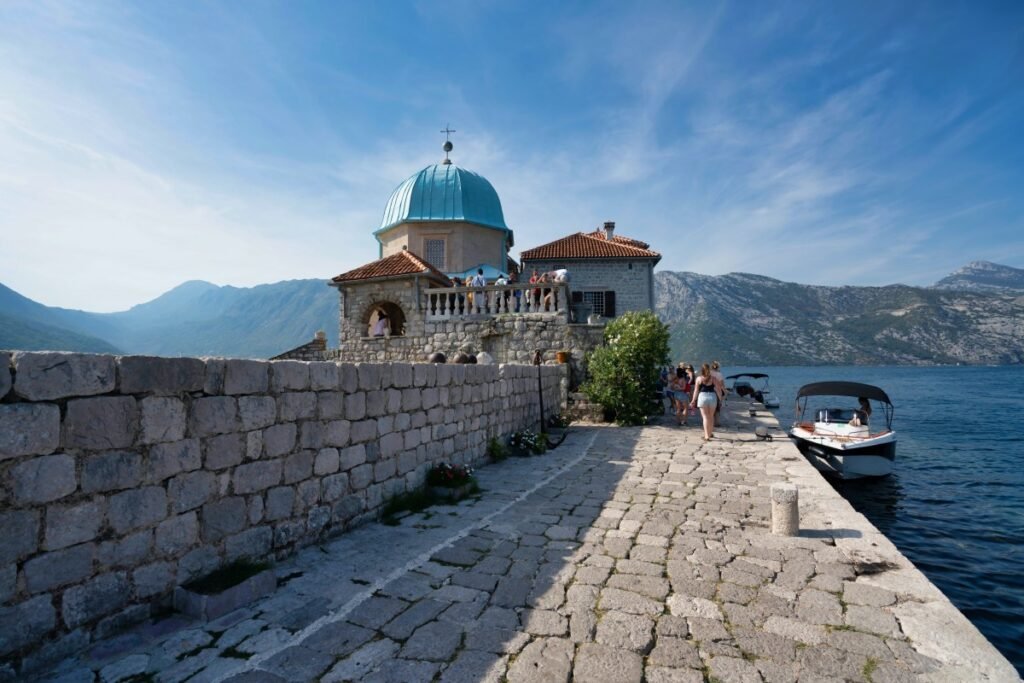
One of the smallest countries in Europe, and arguably the most beautiful, Montenegro is a dream for any outdoorsy traveler out there. Stay in the gorgeous coastal towns of Kotor and Budva that, despite being a bit on the touristy side, are so vibrant and full of life that you’ll wish you had planned to stay longer. Montenegro’s size works to it’s advantage, allowing tourists to see everything in a short time.
Just watch out for the cruise ships in Kotor, that flood the town with tourists – and not the fun kind, the cruise ship kind.
Currency: Euro
Top sights:
- Kotor and Budva
- Perast
- Lake Skadar
- The Belgrade to Bar Train
- Herceg Novi
- Ulcinj
North Macedonia
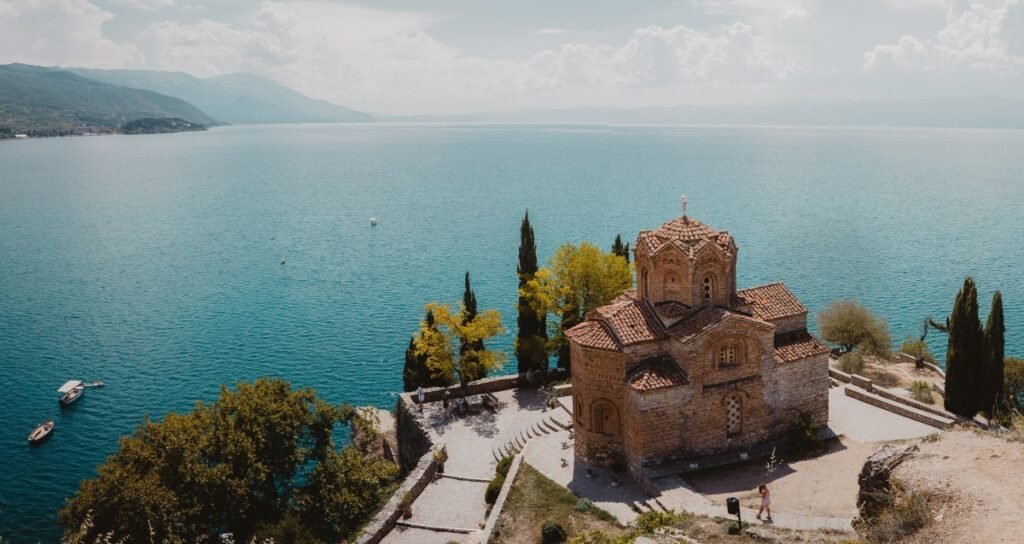
Formerly known as the easy to say Former Yugolav Republic of Macedonia, and even more recently just ‘Macedonia’ before changing their name to appease the Greeks. This country takes great pride in their greatest historical figure Alexander the Great. Unfortunately, Greece also claims him, so this has caused a few arguments over the years.
This aside, North Macedonia has plenty to see and do, for lovers of both urban and rural life. The capital city, Skopje, was flattened by an earthquake in 1963, and has been rebuilt into one of the most interesting cities you’ll lay eyes on. Since only 80% of the city was destroyed, the only part still exists, showing a huge contrast between the ancient Skopje and the modern city.
Currency: Macedonian Denar
Top sights:
- Skopje Old Bazaar
- Tetovo Mosque
- Lake Ohrid
- St. Naum Monastery
- Matka Canyon
- Baba Mountain
Romania
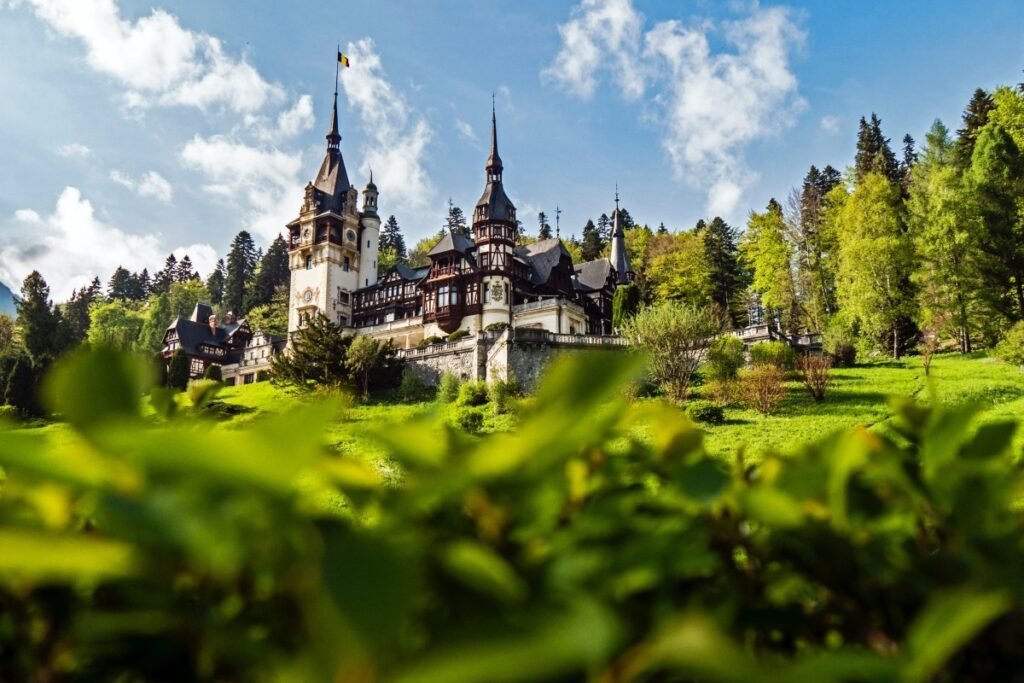
The home of Vlad the Impaler, the influence behind Bram Stoker’s Dracula, is not actually full of vampires. These stereotypes aside, Romania is so much more than a destination for travellers trying to get in touch with their inner goth.
A country with one of the most rich and fascinating histories of any country on earth, as well as having a wealth of sights to see, Romania should be near the top of everyone’s travel list.
Do you like castles?
Currency: Romanian Leu
Top sights:
- Danube Delta
- Corvin Castle
- Sucevita Monastery
- Transylvanian Alps
- Piata Mare
- Bran Castle
Serbia
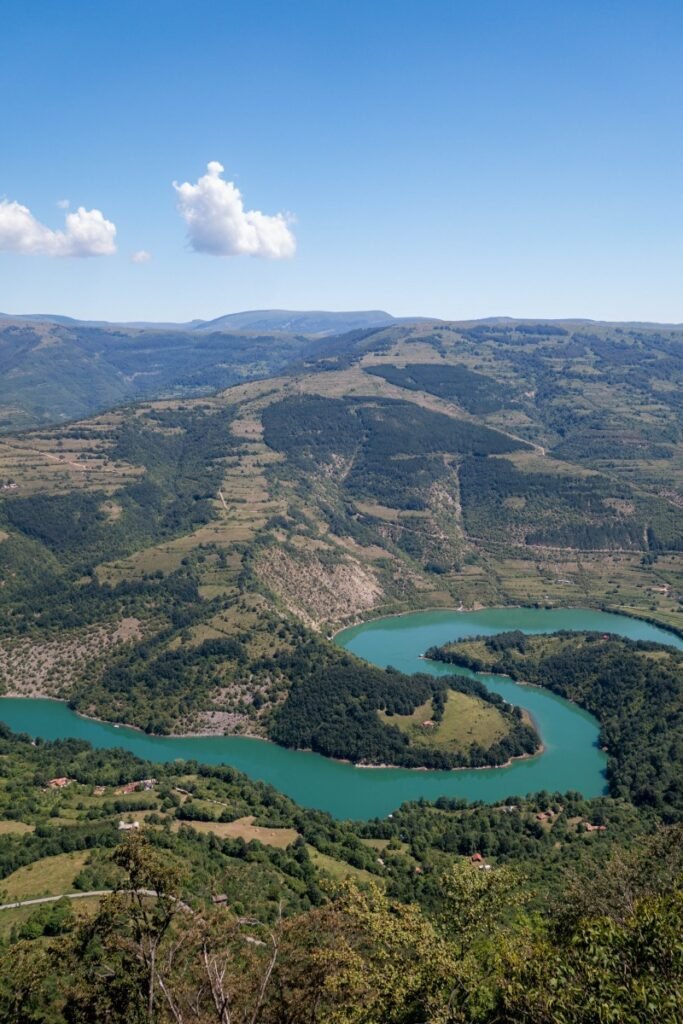
Being at the centre of most of the conflict in the region during the breakup of Yugoslavia, as well as being part of the growing list of countries that have been bombed by the trigger-happy US of A, Serbia have had a rough go of it over the last number of decades.
They have overcome this however, and being the former capital of Yugoslavia, now provide us with one of the most culturally rich tourist destinations on Earth.
Currency: Serbian Dinar
Top sights:
- Studenica Monastery
- House on the Drina
- Josip Broz Tito’s Grave
- Đerdap Gorge
- Skull Tower
- Uvac Canyon
- Đavolja Varoš
- Drvengrad
Slovenia
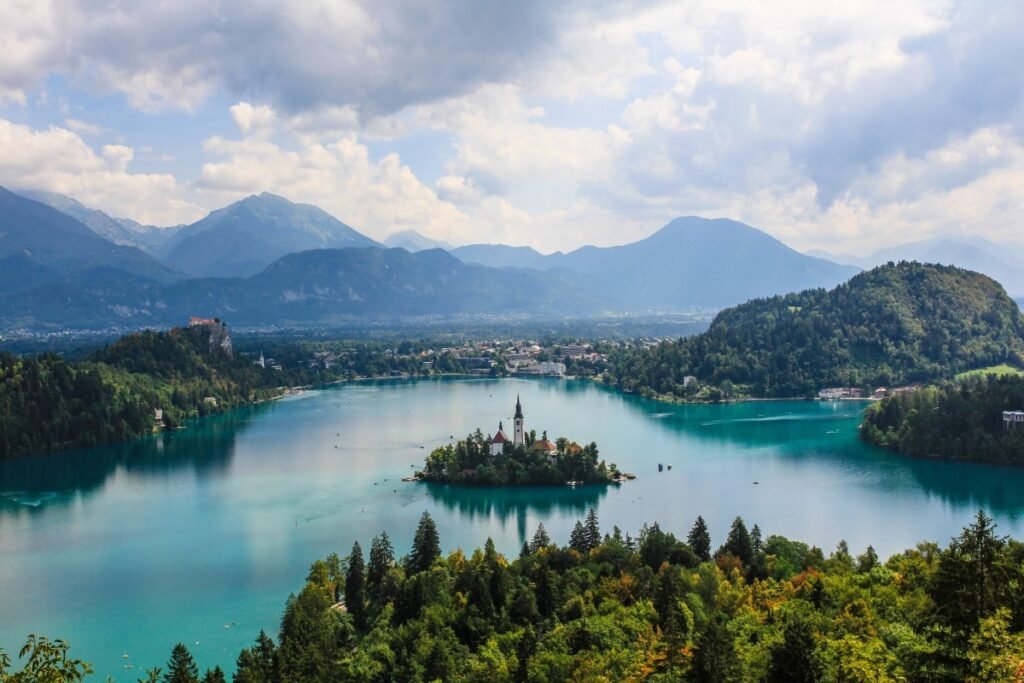
Known as Europe’s green heart, Slovenia is a lot more than just the birthplace of American sweetheart Ivanka Trump.
Famous for its mountains, lakes, wineries, and gorgeous towns, Slovenia is a country that deserves a lot more attention than it gets. Being such a small country, it’s pretty easy to get around, and is so densely packed with sights it may be difficult to figure out where to start.
Currency: Euro
Top sights:
- Lake Bled
- Predjama Castle
- Postojna Cave
- Triglav National Park
- Ljubljana Castle
- Church of the Holy Trinity
- Solkan Bridge
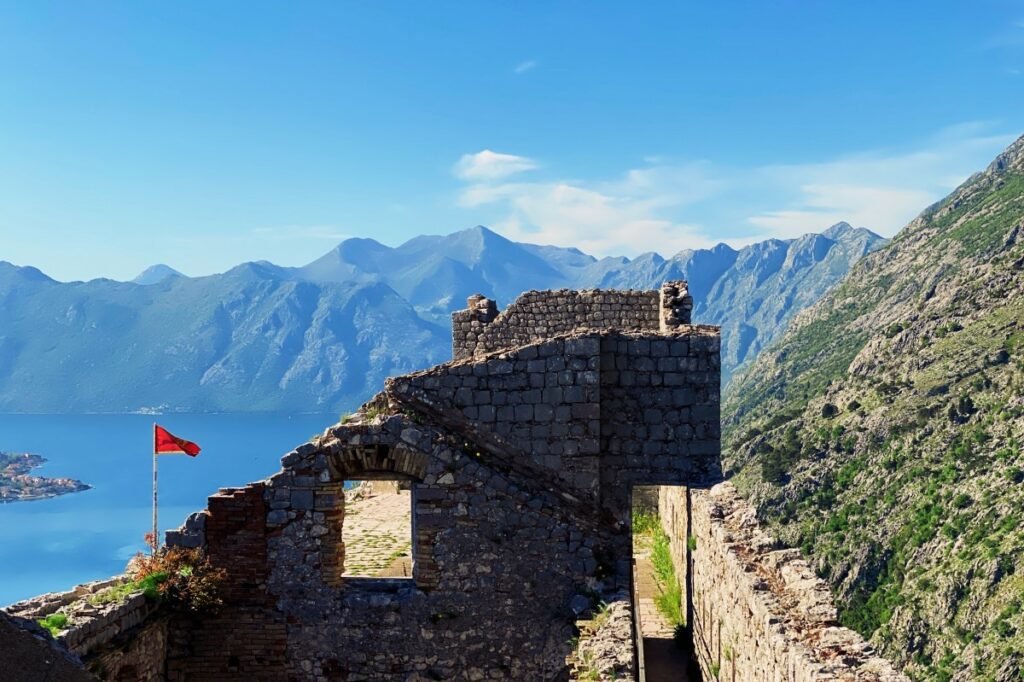
Overall, the Balkans are a perfect destination for backpackers due to cheap accommodation, great food, lovely and diverse weather, and welcoming people. With the rising expenses in southern and western Europe, and as more countries join the EU, this region can only grow in popularity. So, over the next decade or so, prices could potentially rise. Take advantage while you can!